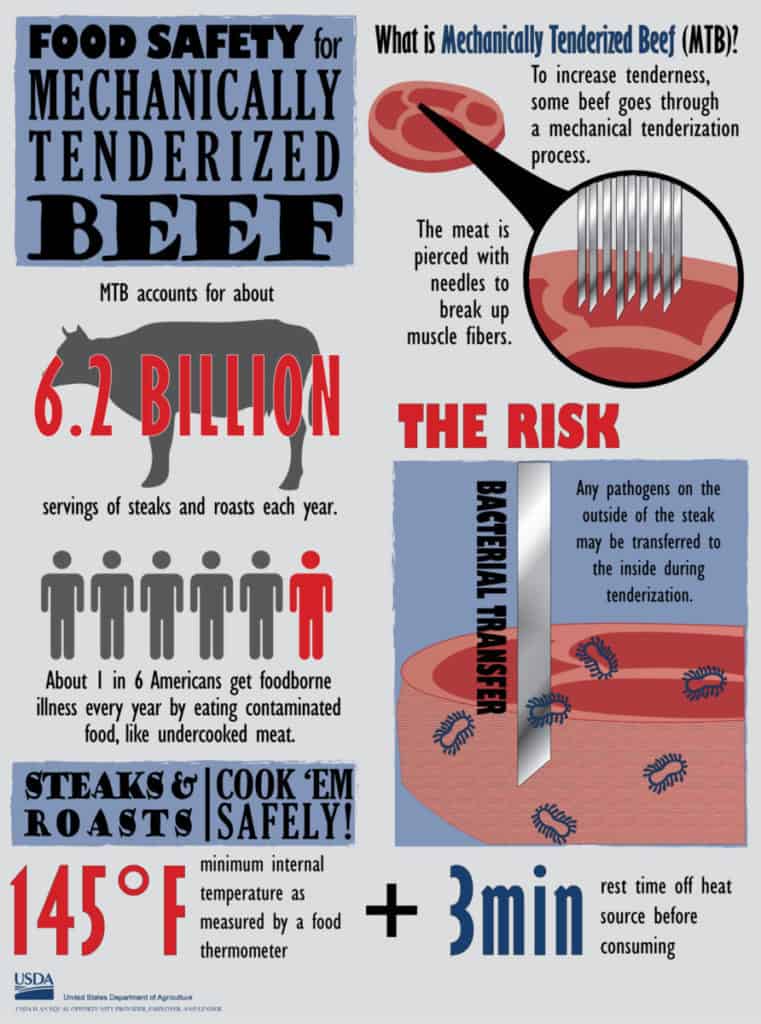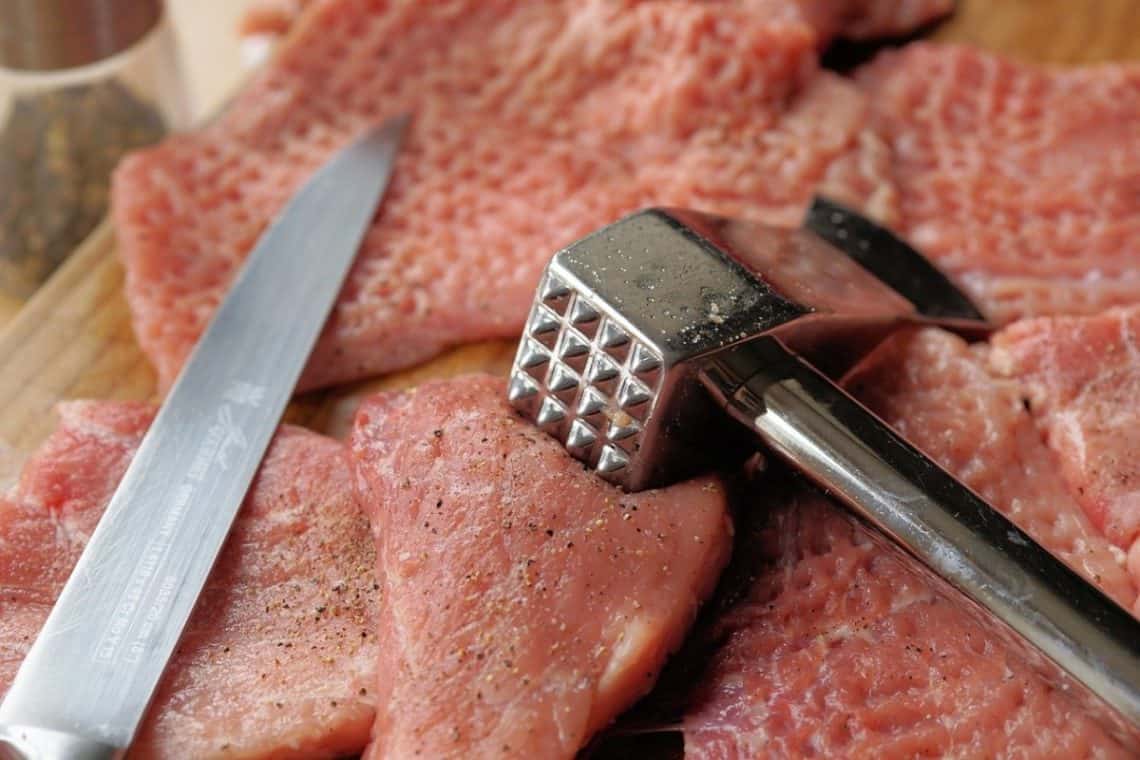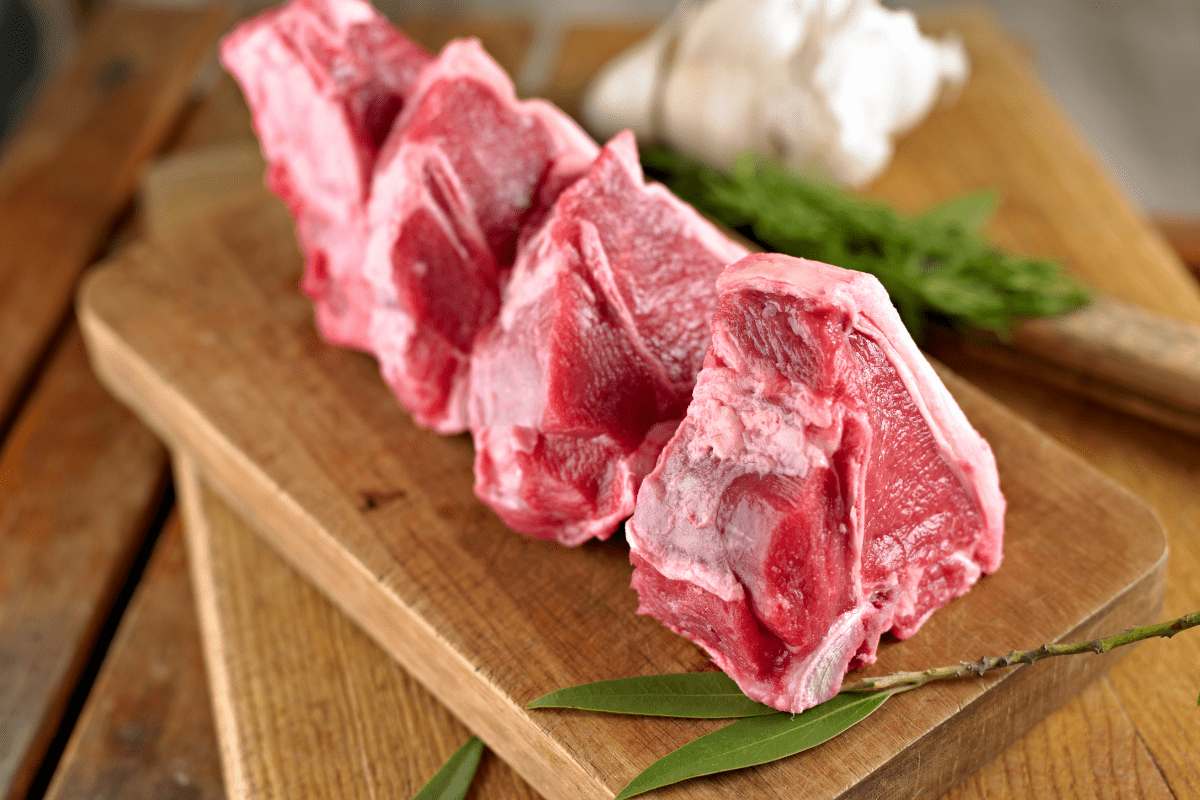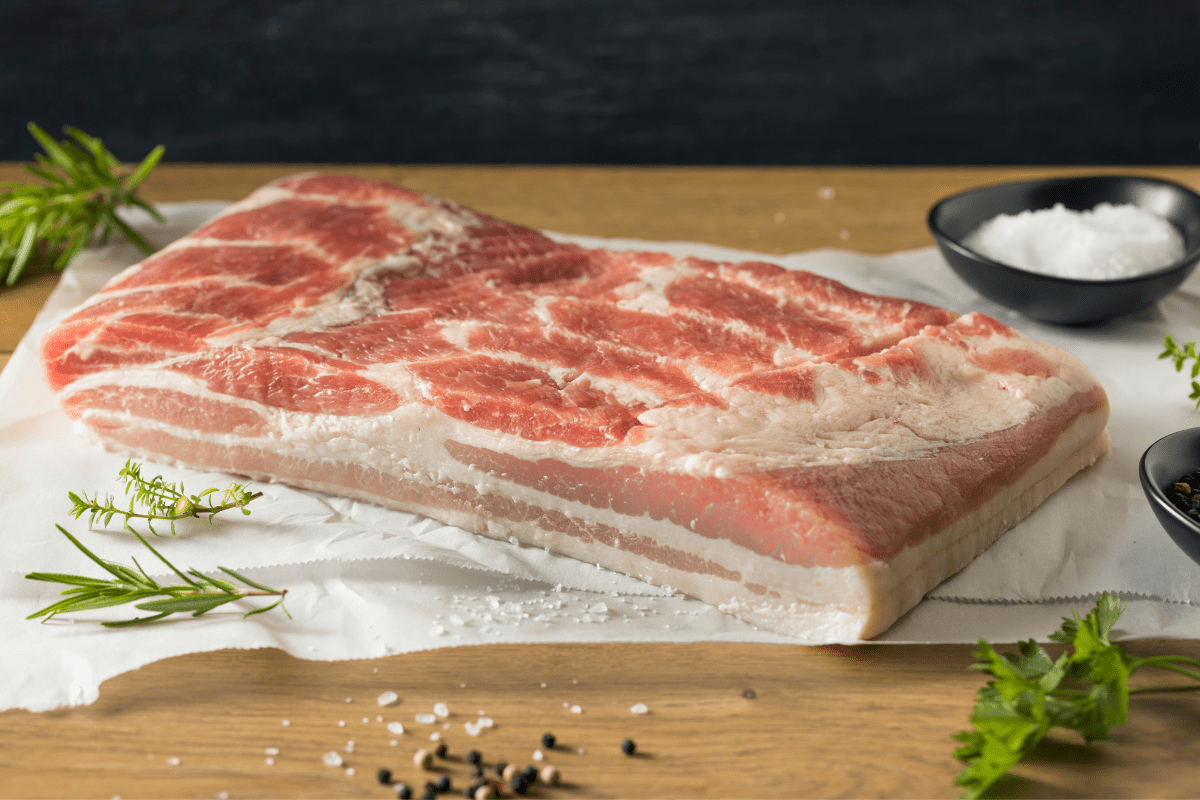Mechanically tenderized meat, also known as blade tenderized meat, has become a common practice within the food industry over recent years. However, this has raised some safety concerns that consumers need to be aware of if they are cooking meat that has been tenderized this way.
So what is Mechanically Tenderized Meat? Mechanical or Blade Tenderizing is when the meat has been punctured with many small needles or blades. This process breaks down the connective tissue and fibres of the meat, thereby making a tougher cut more tender and palatable for the consumer.
Whilst this may be of some benefit, it has also introduced some safety issues if the tenderized meat is not cooked correctly.
We will now look into why meat is prepared this way, what the safety concerns are, and how you can prevent yourself from getting ill when eating this meat.
Mechanically Tenderized Meat
When meat is mechanically tenderized, it is put through a machine that forces a series of miniature blades or needles into the meat to help break down the connective tissue and muscle fibres of the meat.
This process is most commonly used on beef, due to the larger and tougher muscle structure of the cows, however it can be used on any cut of meat, from any animal.
It has caused controversy with some consumers due to the fact that already tender cuts of meat, such as beef steaks, are being needlessly mechanically tenderized, thereby increasing the risk of getting sick when eating those cuts.
It is not just the wholesale meat packing plants that are using this tenderization method, it is also being used by independent butchers, restaurants and within the home environment.
Here are some of the ways that mechanical tenderizing is performed.
Large Scale Food Maufacturing / Meat Plants
In large scale meat cutting operations such as meat packing plants, a large industrial mechanical tenderizer is used to accomodate much larger cuts of meat. The following video shows how the tenderizing is done.
https://www.youtube.com/watch?v=cTeH-Xc9J7g
In Butchers, Restaurants & Steak Houses
In more independent businesses where a smaller scale operation is required, a smaller machine or cube steak tenderizer can be used.
https://www.youtube.com/watch?v=HpYejewLdLw
In the Home Kitchen
In the home kitchen environment, a hand operated meat tenderizer would be used.
https://www.youtube.com/watch?v=Qt456LWFYLA
Why is Meat Mechanically Tenderized?
The main reason meat processors mechanically tenderize the meat, is to help ensure that the consumer recieves a tender piece of meat with every purchase.
With many people leading busier lives, they do not always have the time to cook meat for as long as certain cuts require to make them tender. This leads to tough, chewy dinners and unhappy customers.
In order to remove the chance of this happening, the meat goes through the additional tenderizing step prior to packing. This process breaks down the tough tissue fibres of the meat, and helps provide a more tender cut of meat from a piece that otherwise might have required long slow cooking.
When using a smaller tenderizer on steaks or individual cuts of meat, it can help to make a cut of meat a more uniform thickness throughout and ensure even cooking.
Why There May Be A Risk to Health
Most, if not all cuts of meat will carry some form of bacteria on their surface. This is why following good hygiene practices to avoid cross contamination within the kitchen is so important.
Now during the cooking process, the bacteria on the surface of the meat is exposed to heat and killed, making it safe to eat.
However, the problem with mechanically tenderized meat is that the blades or needles that are pushed through the meat, end up pushing the surface bacteria further into the flesh of the meat.
With meat that is well cooked, this is still not a problem as the heat penetrates through the meat and once again kills any bacteria, removing the risk.
The problem arises when cuts of meat such as beef steaks are tenderized as these are often eaten rare or medium. Although the bacteria on the surface of the steak will still be destroyed, any bacteria that has been forced into the flesh of the meat, will not have reached a high enough temperature to be killed.
If eaten, these bacteria have the ability to cause severe illness and even death in already vulnerable people such as the elderly or children.
Remember earlier in the article we mentioned the controversy of steaks being mechanically tenderized? Well the reason for the uproar is that there is no need to use this process on cuts such as beef steaks as they are already tender to begin with.
Many meat processing plants continue to put these cuts through the tenderizer, thereby needlessly introducing a risk to any consumer that likes their steak cooked rare to medium.
How is the Meat Industry Minimizing Risk
In the USA, it has become compulsary for manufacturers to label any meat that has been passed through this tenderization process, and offer safe cooking instructions.
This labelling reform was introduced as there is no way for the consumer to tell whether a cut of meat has been put through the tenderizing process, just by looking at it.
Prior to the labelling requirements, there were several instances where people had become ill due to undercooking these tenderized meats, as they were unaware of the risks and did not know the meat had been processed in this way.
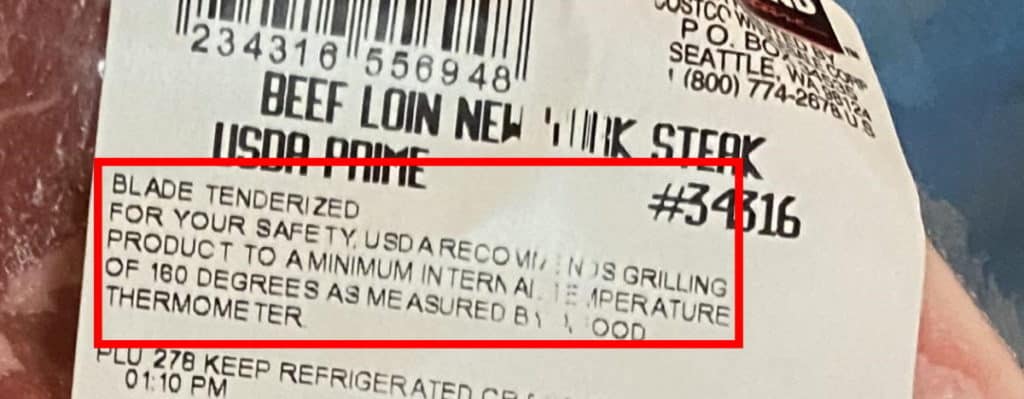
How Consumers Can Minimize The Risk of Getting Sick
The best, and surest way to avoid getting sick if you purchase and cook some meat that has been mechanically tenderized, is to cook it to an internal temperature that is high enough to kill any bacteria that may be present within the meat.
The controversy comes for many people that the temperature required to kill the bacteria, will make any beef steak much more well done than they would like.
If you are a person who likes to eat your meat on the pink side of done, then it is highly recommended that you find a supplier that does not mechanically tenderize the meat.
If you purchase meat from a pre-pack counter in a store, be sure to read the fine print on the label to see whether the meat has been blade, mechanically or needle tenderized, and avoid buying it unless you are prepared to cook it in a safe manner.
If you go out to a restaurant and order steak, you should ask your server to check with the chef as to whether the meat has been tenderized. Hopefully, if the chef is worth his salt, he will be aware of the origin of the meat and the manner in which it has been processed.
If the chef cannot give you a difinitive answer, then you may well be better ordering something else from the menu, or having your steak cooked ‘well done’ just to be safe.
Here is an infographic supplied by the FSIS/USDA website that provides information on how to safelty prepare mechanically tenderized beef.
